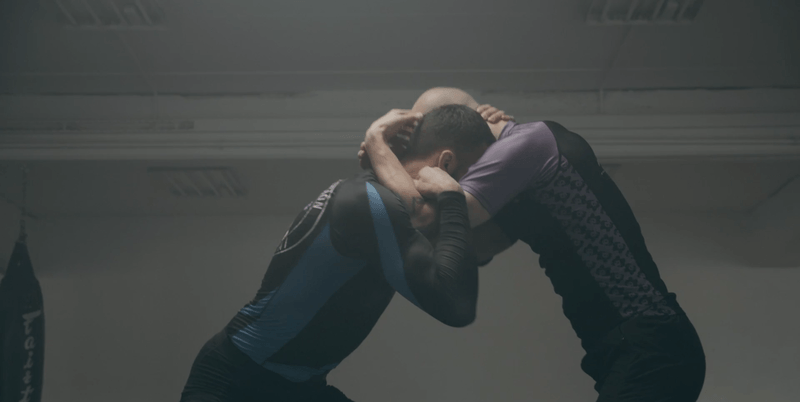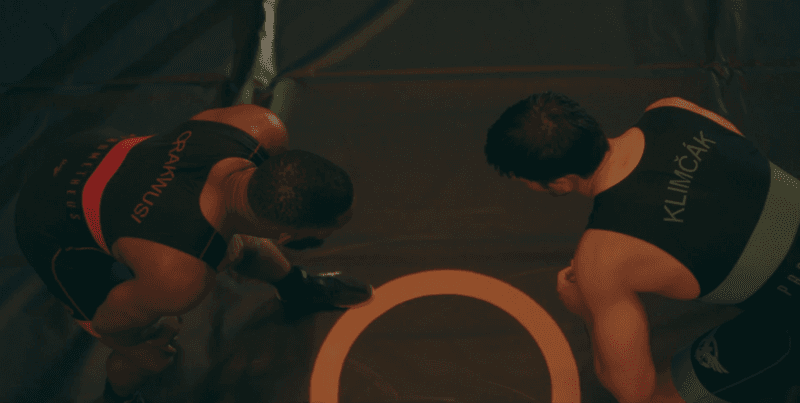Wrestling is a widely popular sport, with amateur and professional variations captivating fans worldwide. Although wrestling has a significant modern appeal, its origins span centuries, bearing roots in Ancient Greece. This article will discuss the origins of wrestling: when it was invented, who the first wrestler was, and just what wrestling is and has become today.
What is Wrestling?
Wrestling, as specified by the Olympics, is a combat sport that involves individuals grappling to land their opponent’s shoulders on the ground. This is not the same as “professional wrestling” or “pro wrestling”, as popularized by entertainment organizations such as the WWE.
Pro wrestling is essentially live athletic theater that involves choreographed movements and scripted drama. In this article, we will be focusing on the martial art of wrestling (and its variations) as defined by the Olympics.
The sport can be divided into three types: freestyle, Greco-Roman, beach, and folkstyle.
Wrestling Styles: Explained
Freestyle
Freestyle Wrestling is a variation that allows fighters to use any form of trip, hold, or throw on the mat as long as it is legal and not life-threatening. Punches, strangleholds, and other “threatening” moves are not allowed in freestyle wrestling due to the harm these maneuvers can cause to competitors.
As with other types of wrestling, freestyle wrestlers aim to hold their opponent’s shoulders on the mat for victory, otherwise known as a fall.
To learn more about freestyle wrestling, explore our wrestling video courses on the ISNation app, by .





